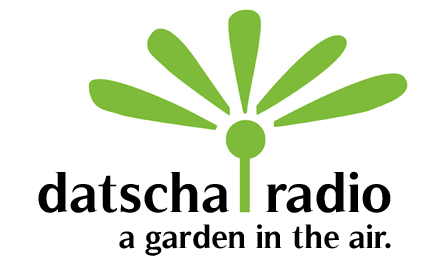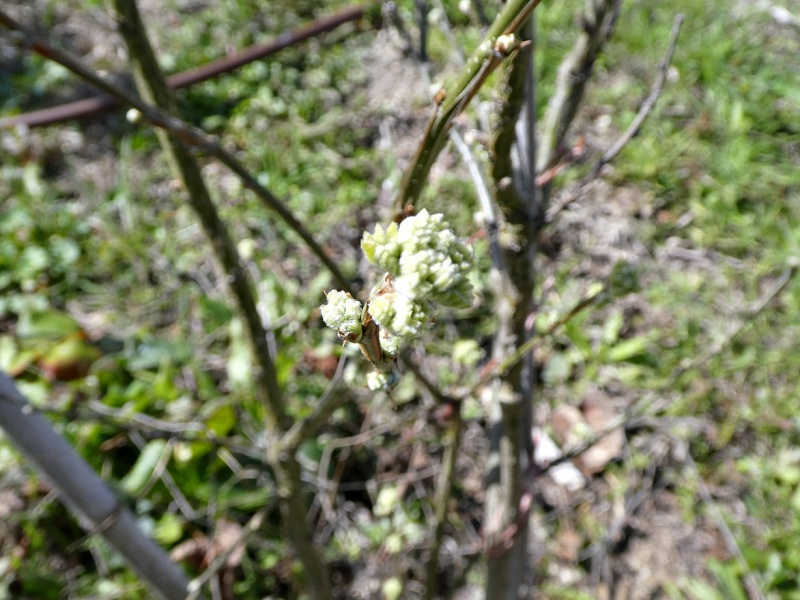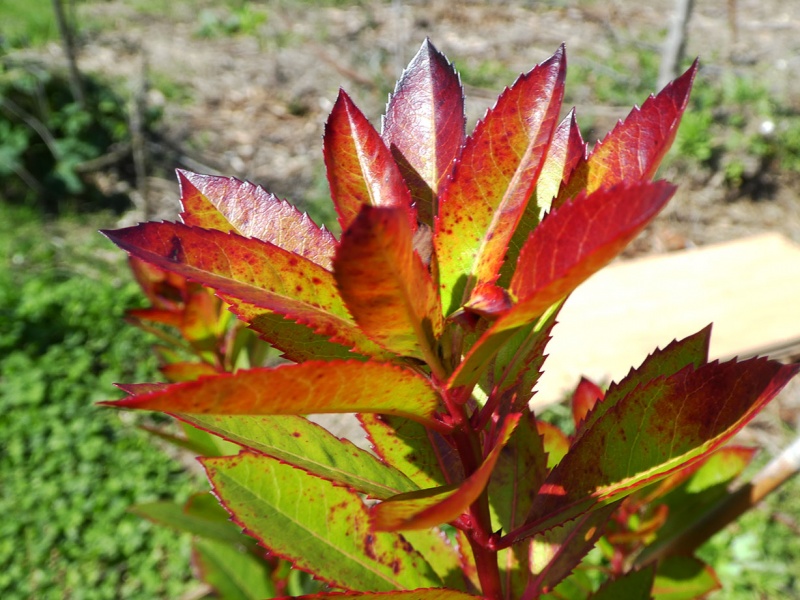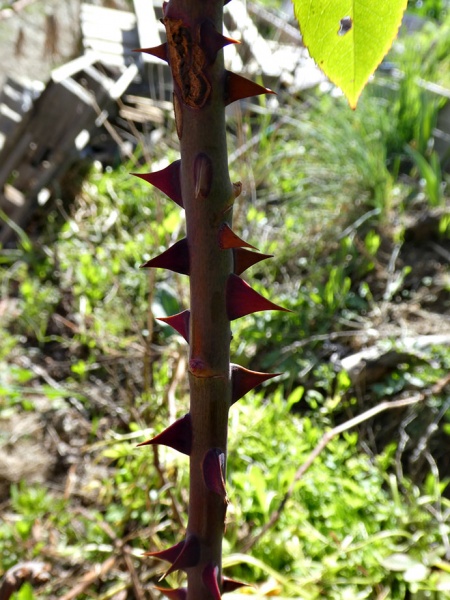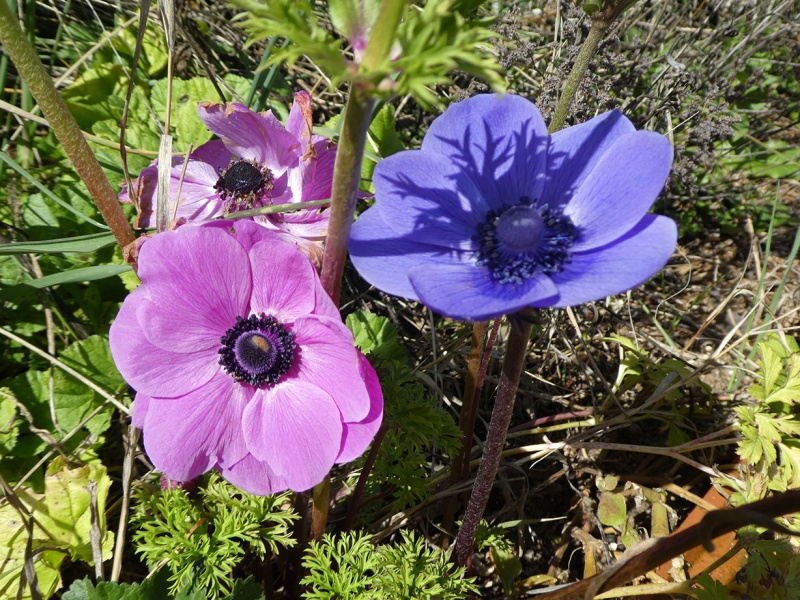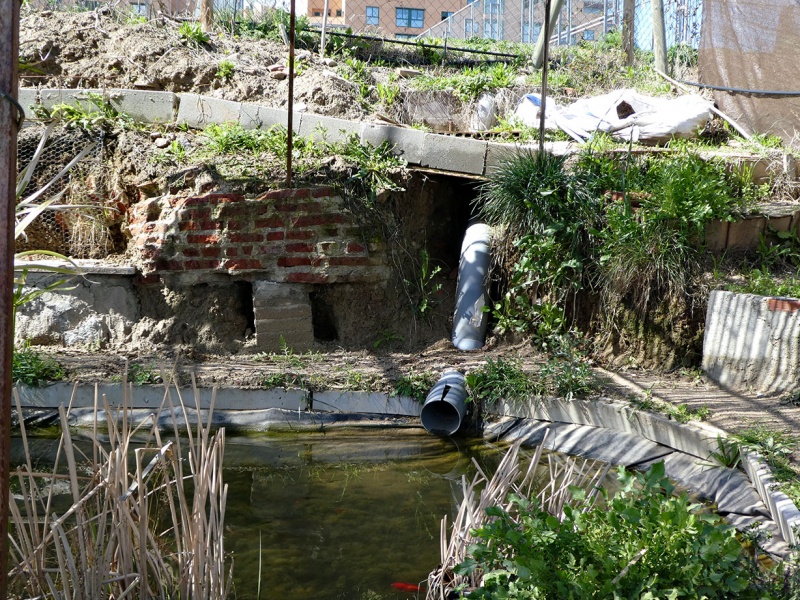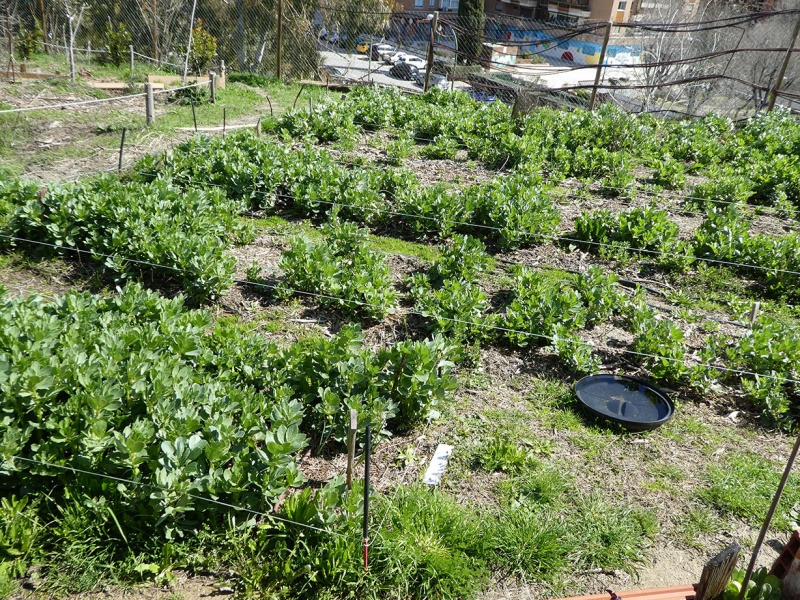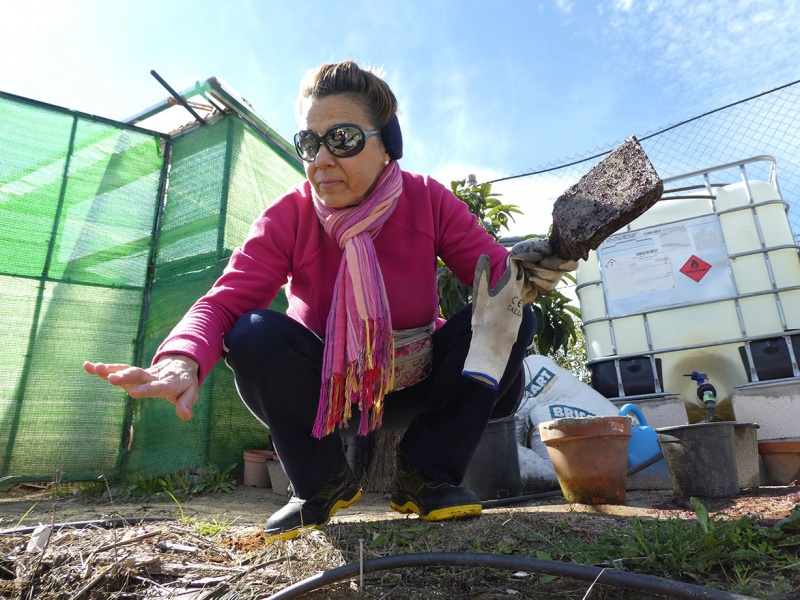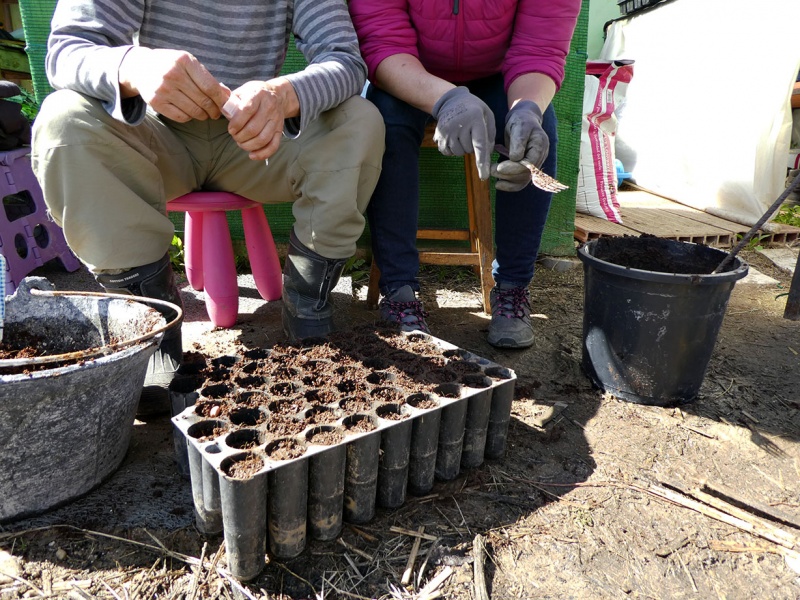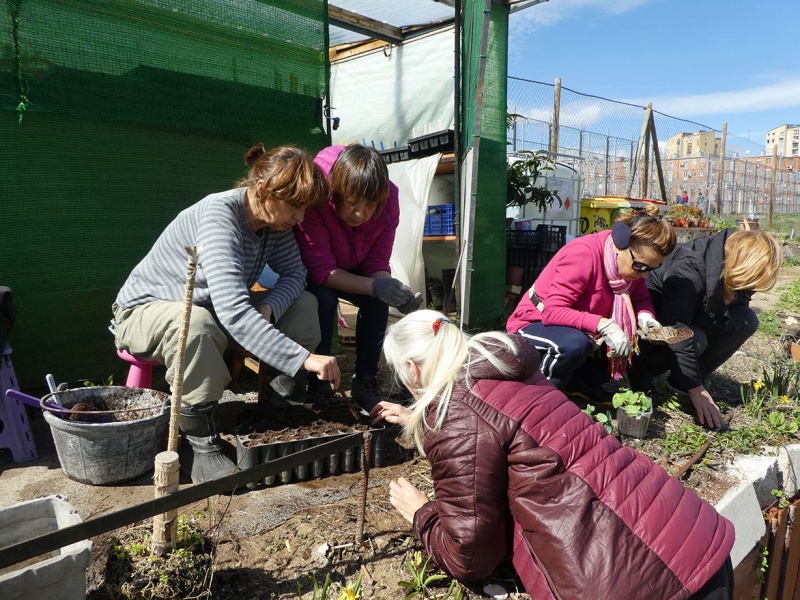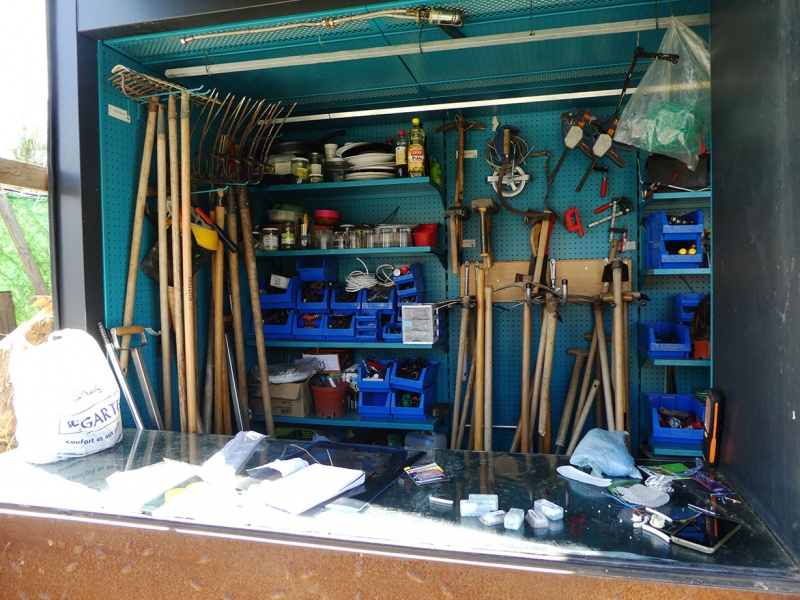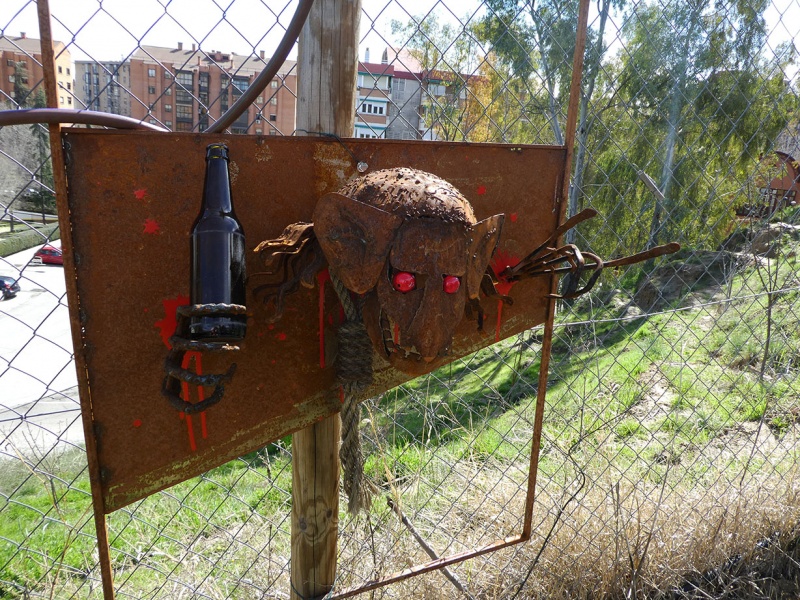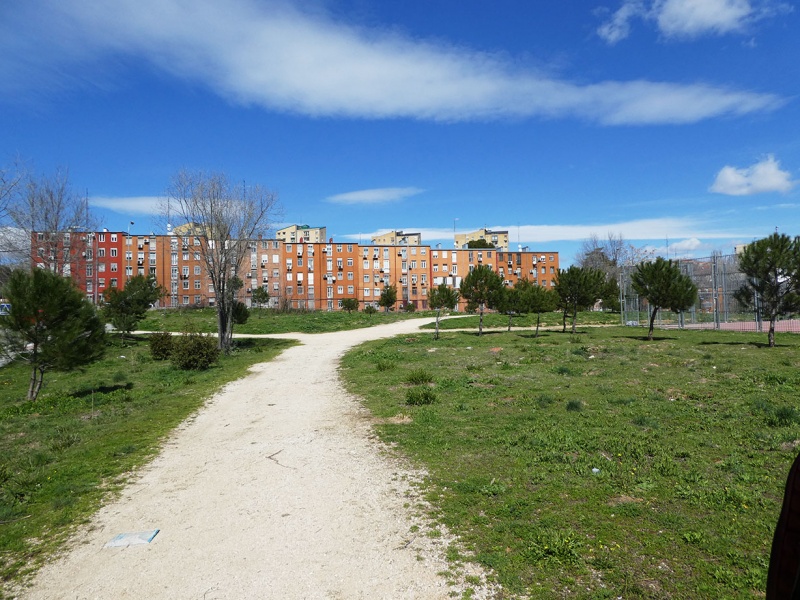Permakultur in Batán
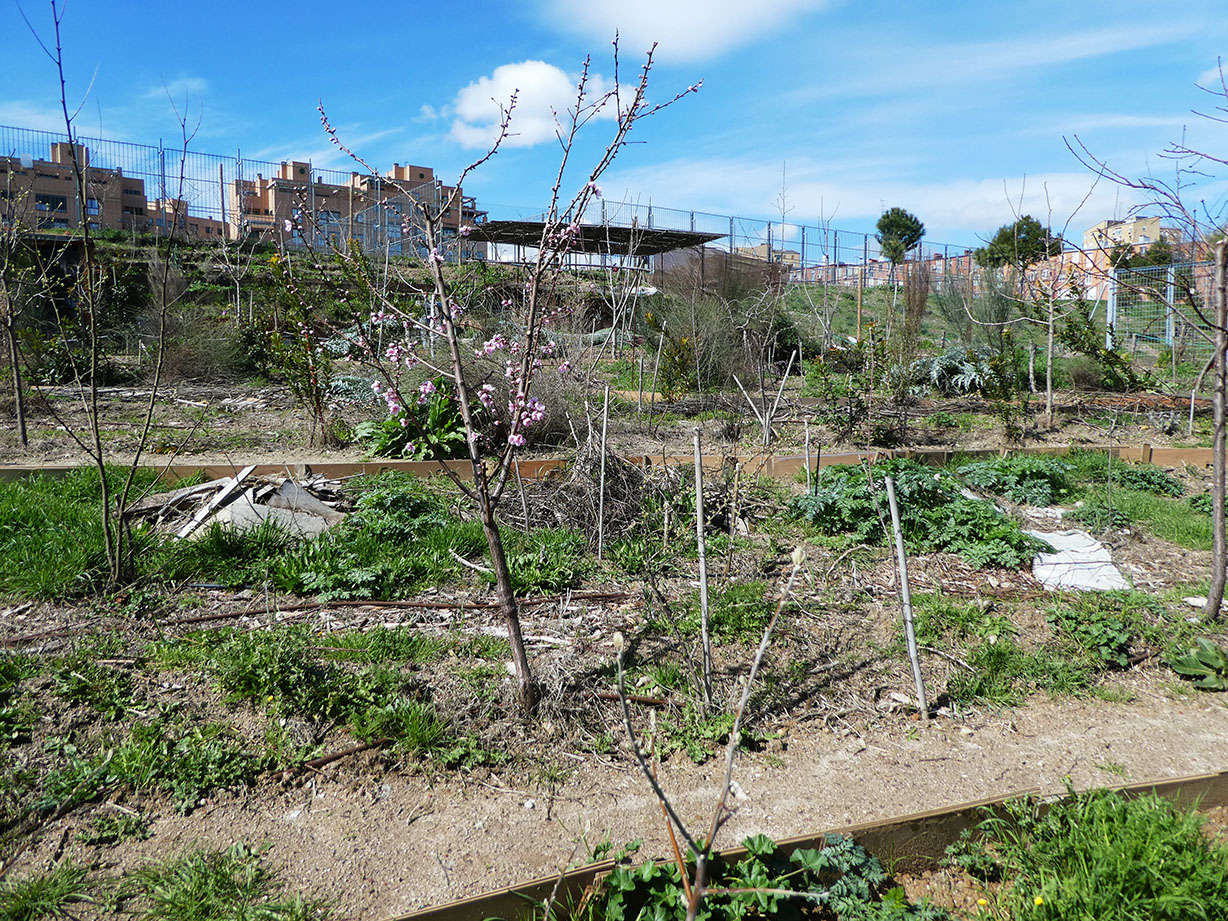
(Übersetzung folgt) The district of Batán borders on the Casa del Campo park, the neighborhood is a mixture of appartment blocks for the not-so-rich, sports grounds, and still fairly big patches of wasteland. A winding road takes us – about 500 meters further – to the urban garden of Batán, one of the first in Madrid.
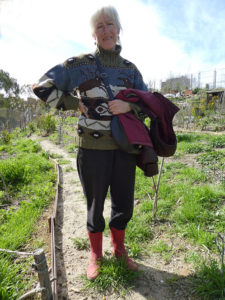
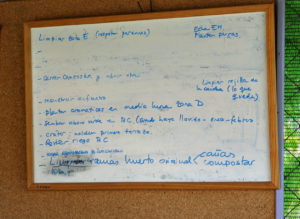
Irene Prins was one among those first founders, then in 2012, in fact, she initiated the project. Our talk takes us from the need to create a place for oneself to the ramifications of the 15th of May Movement in 2011. Irene stuck notes to the walls and trees in the neighbourhood to find people willing to set up a garden space in the area. Over 30 came. “Before this revolutionary movement happened”, she said, “maybe the interest wouldn’t have been so great. But this idea of selfempowerment and taking on responsibilty for the places and communites we live in, was just too important”.

Soon afterwards, the Huerto de Batán began to connect to other urban gardens in the city, “there were maybe 4 or 5 of them” – and this was the beginnung of the “Red le los huertos communales en Madrid”. La Red, the network, now counts around 50 urban gardens in the municipality of Madrid. The work is done by volunteers, but the city occasionally supports the gardeners in gaining acess to some rescources like extra soil, organic fertilizers, and water. Yet in their very beginnings, Batán gardens were just a squat and the water was “siphoned off” a communal pipe.
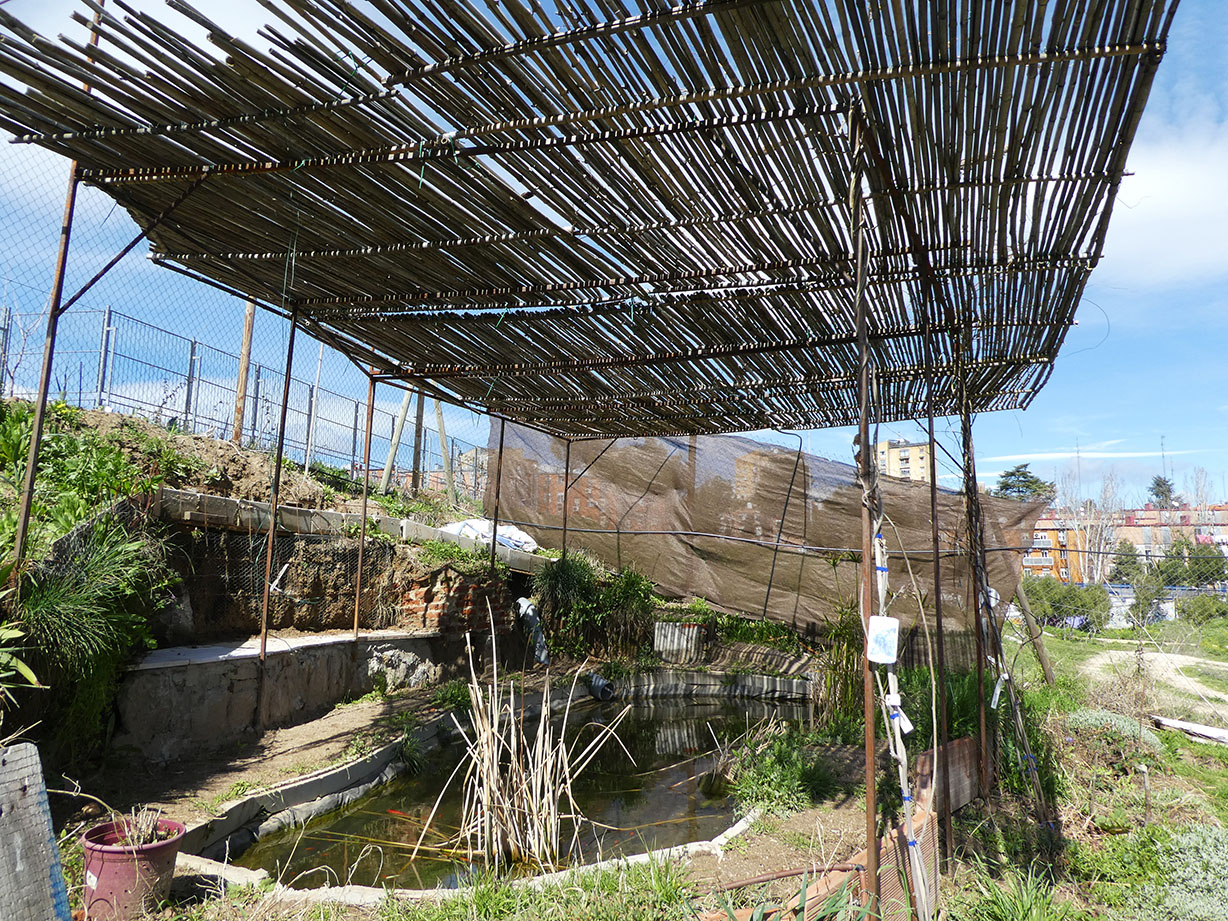
As we sit in the sun with the distant noise of the A 18 motorway in our back, the conversation shifts from politics and communal issues to the permacultural design of the garden which is clearly organized in terrasses, and planted with a thoughtful mix of (still young) trees, supporting shrubs, herbs, occasional flowers and of course, a diversity of vegetables. There are also a pond and a beehive… too silent this latter one for this time of the year: “We’ll have to wait. Maybe there is still hope, there was so much honey there the last year and we left it all to the bees. But it is strange, not to see a single bee…”
Irene shows me around the plots that in some places spout bushy clews of “habas” (broad beans), there is timid rhubarb, rosemary and salads. There is also grass, stone, wood, mulch made from twigs, and an irrigation system (saw no Spanish garden without one so far). The garden’s special point is to turn annual vegetables into perennial ones, something that can work quite well with cabbages for example. I get also introduced to a garden plant entirely new to me, the Siberian Pea. Hardy, sturdy and with a stem and branches, a pea bearing shrub… !!!
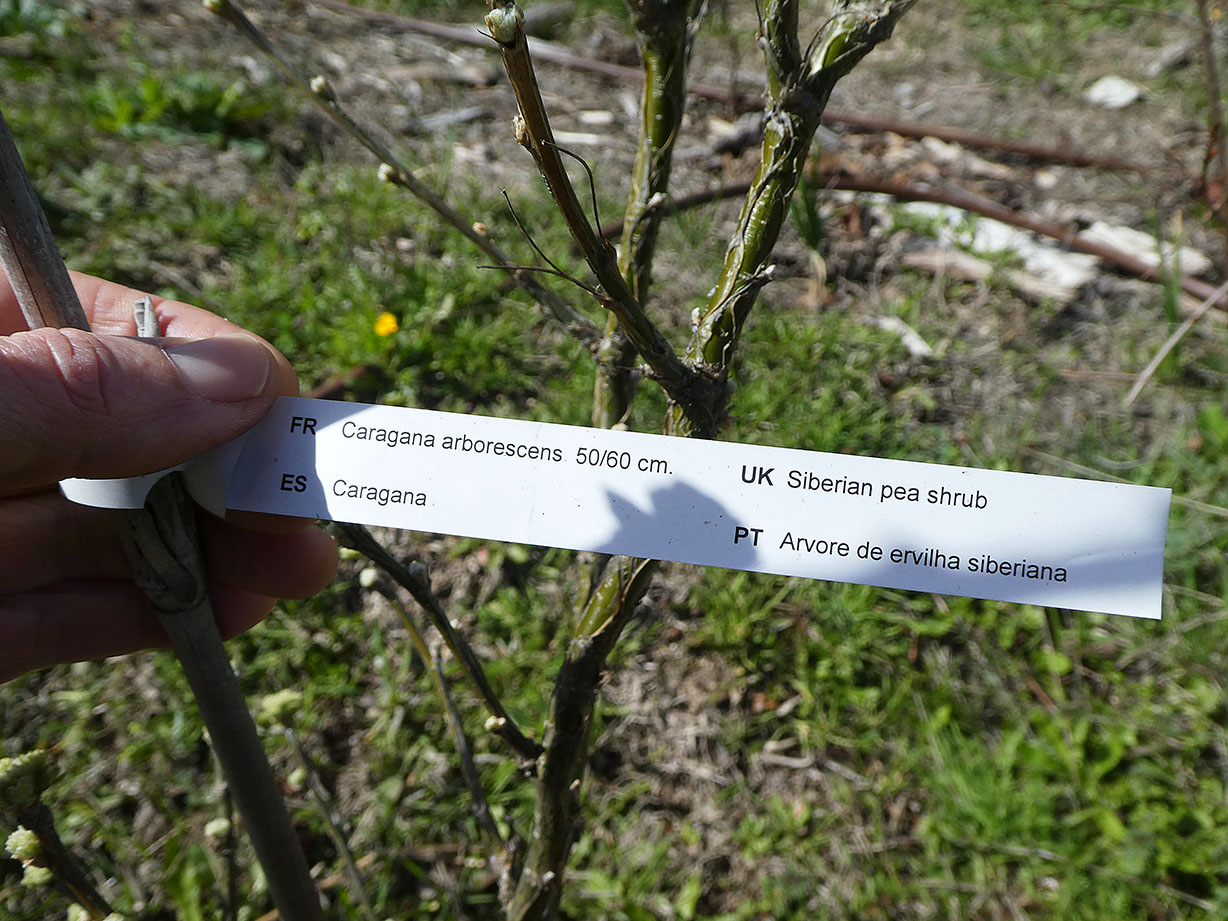
One last question (podcast of this will be available at some later point) touches our personal relationship to the plant life. Yes, there is , if not actual talk but ‘thinking’ to the plant and a sincere feeling of respect and gratitude. Irene holds that connecting to the earth also connects us better to our lives and fellow human beings, because “it is all about caring”, she says.
There is nothing to add… except some images and the following links.
This post is also available in: Englisch
